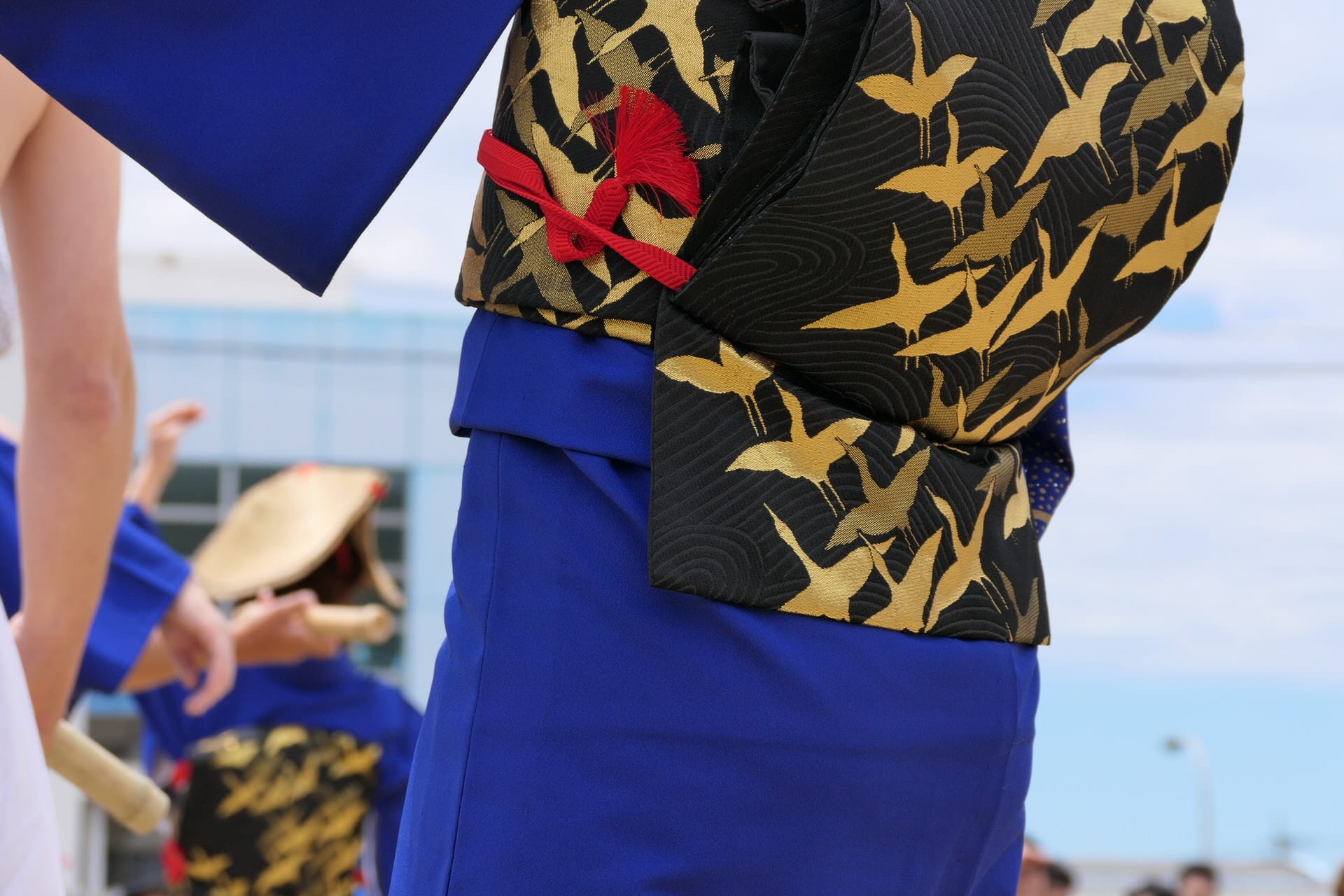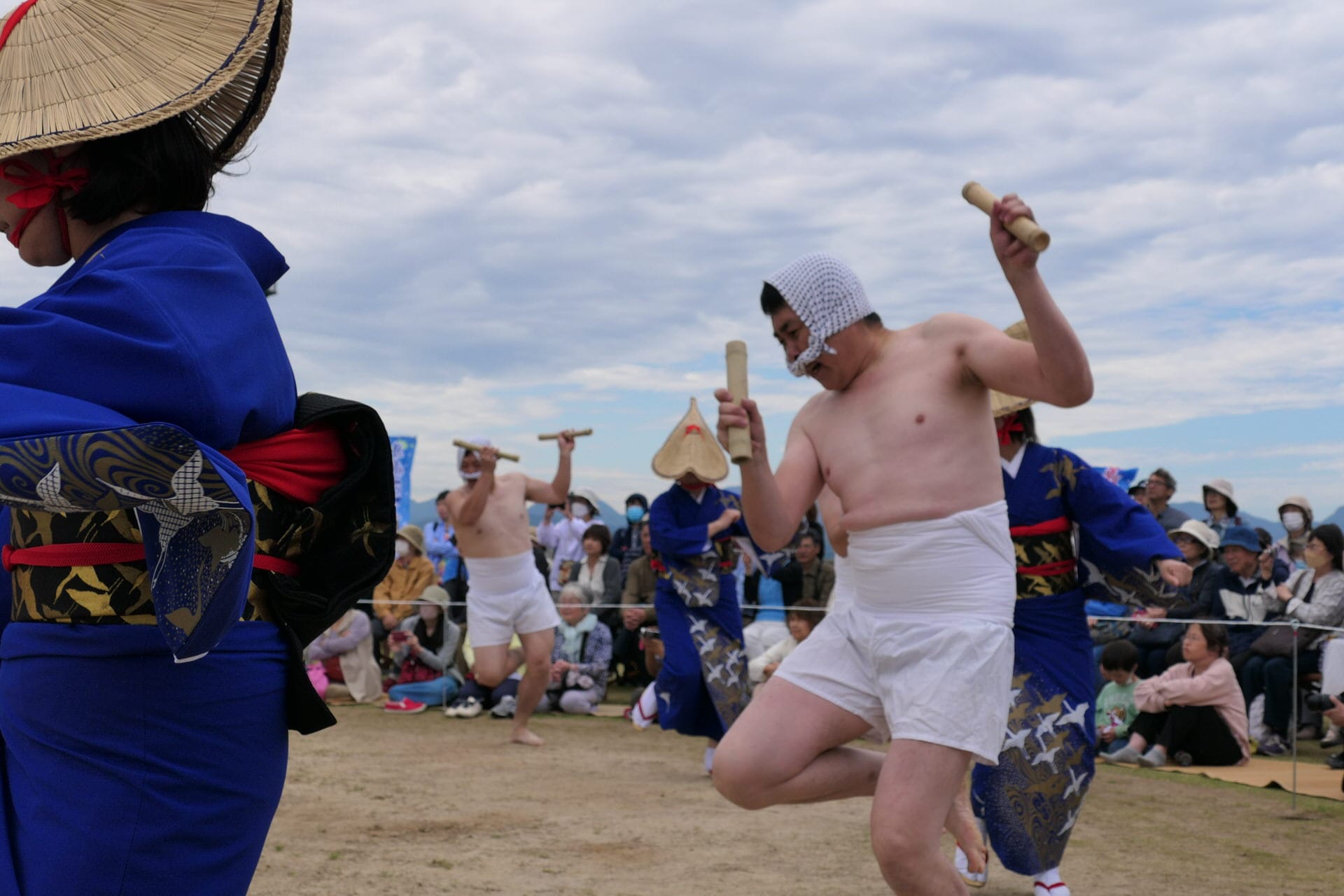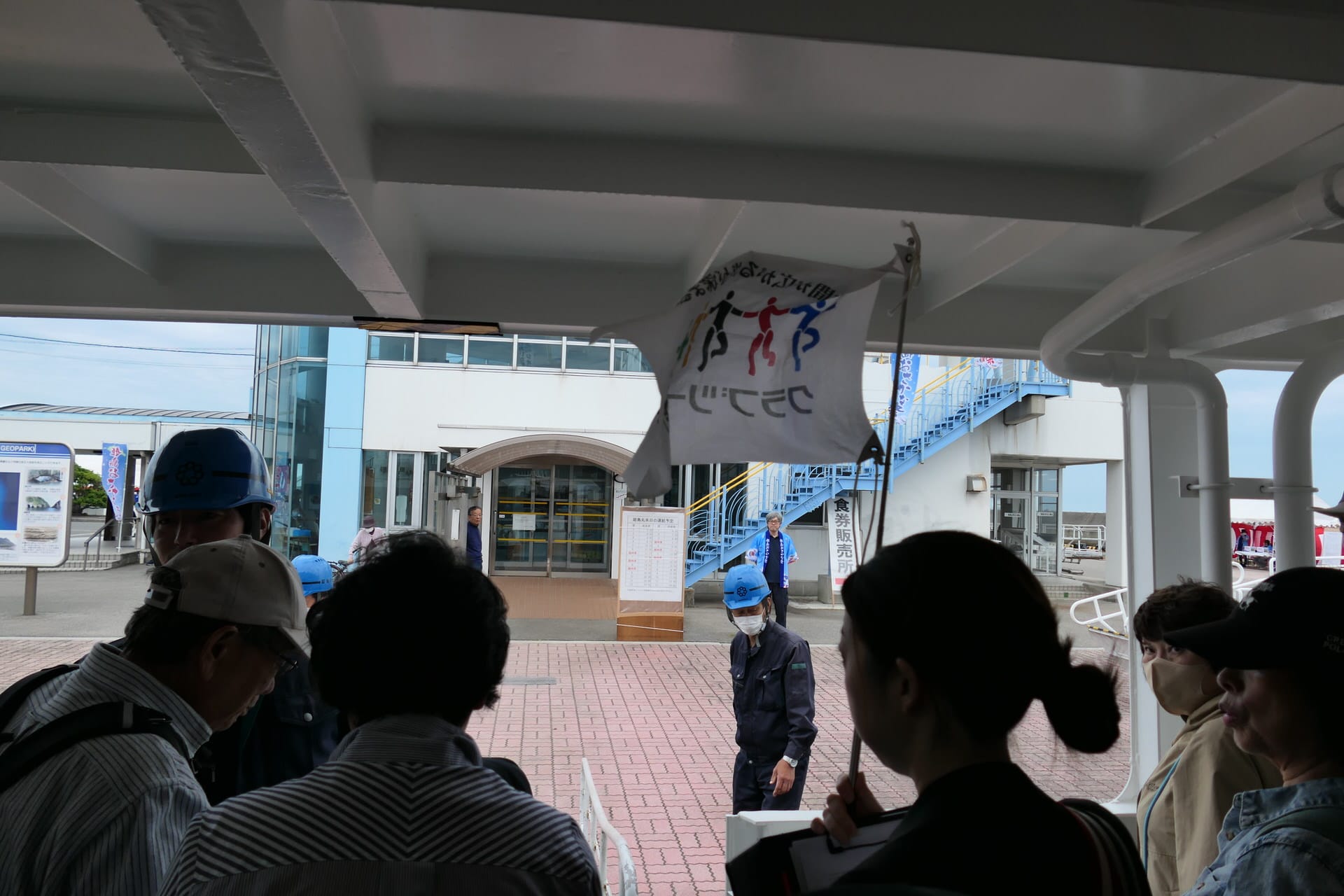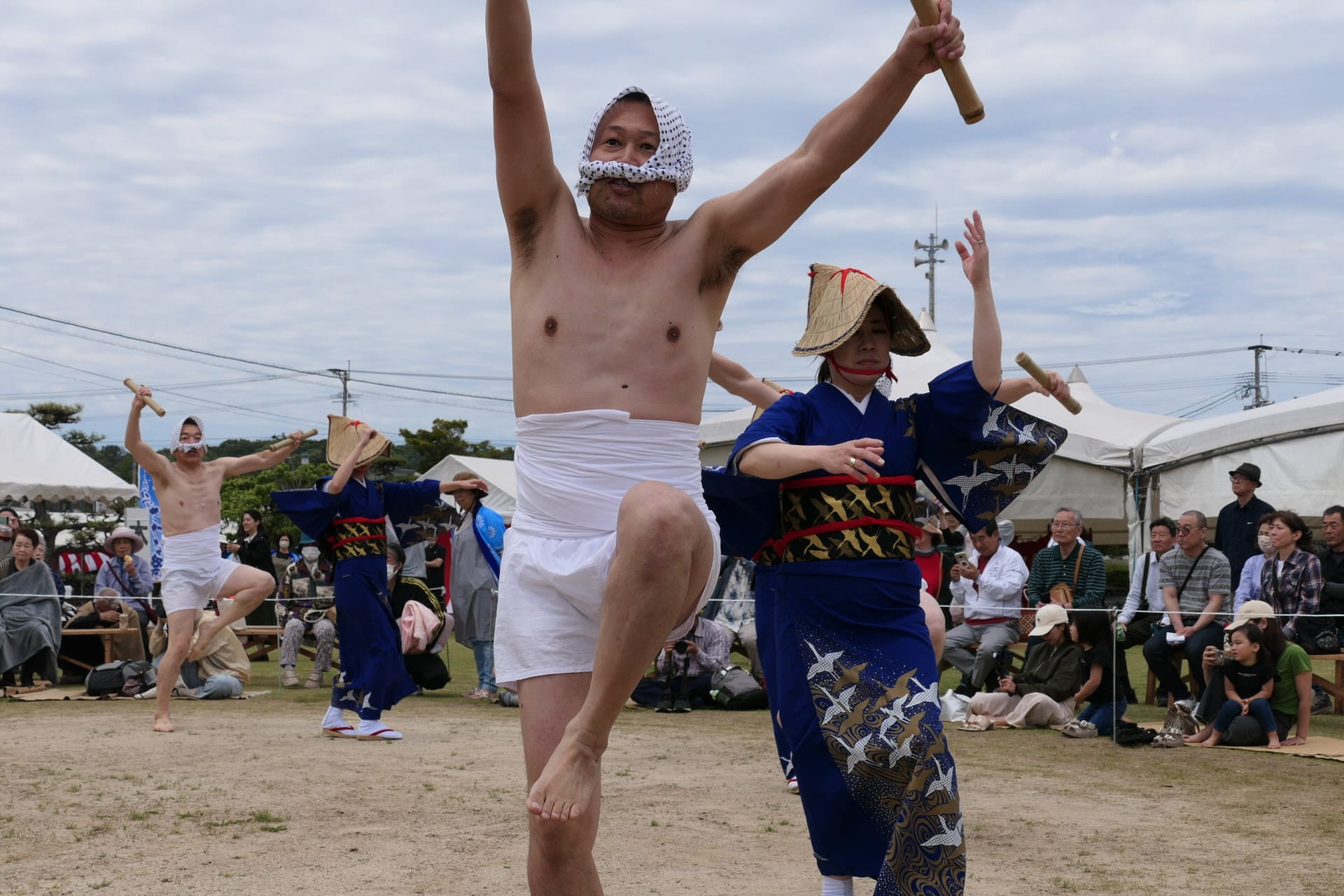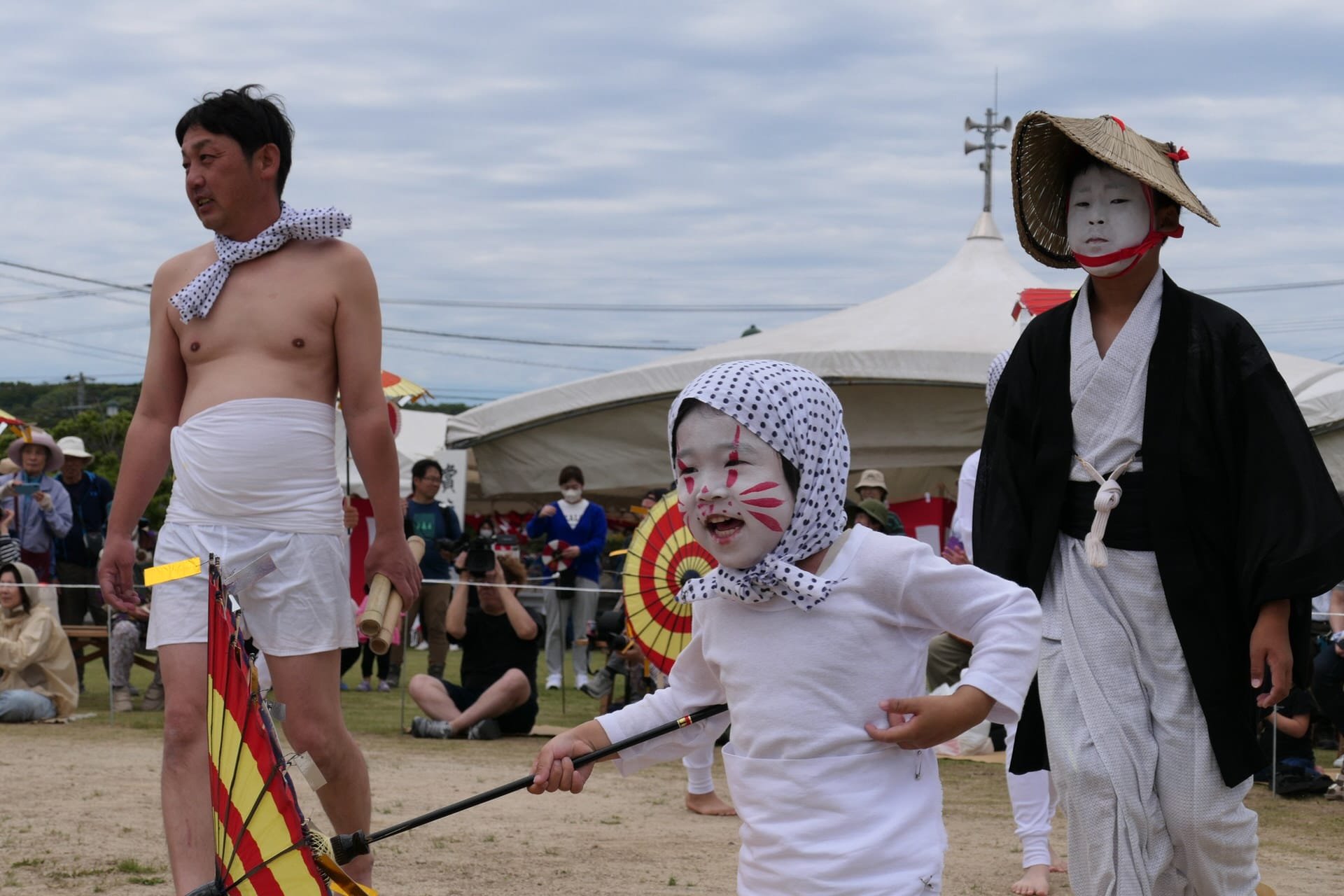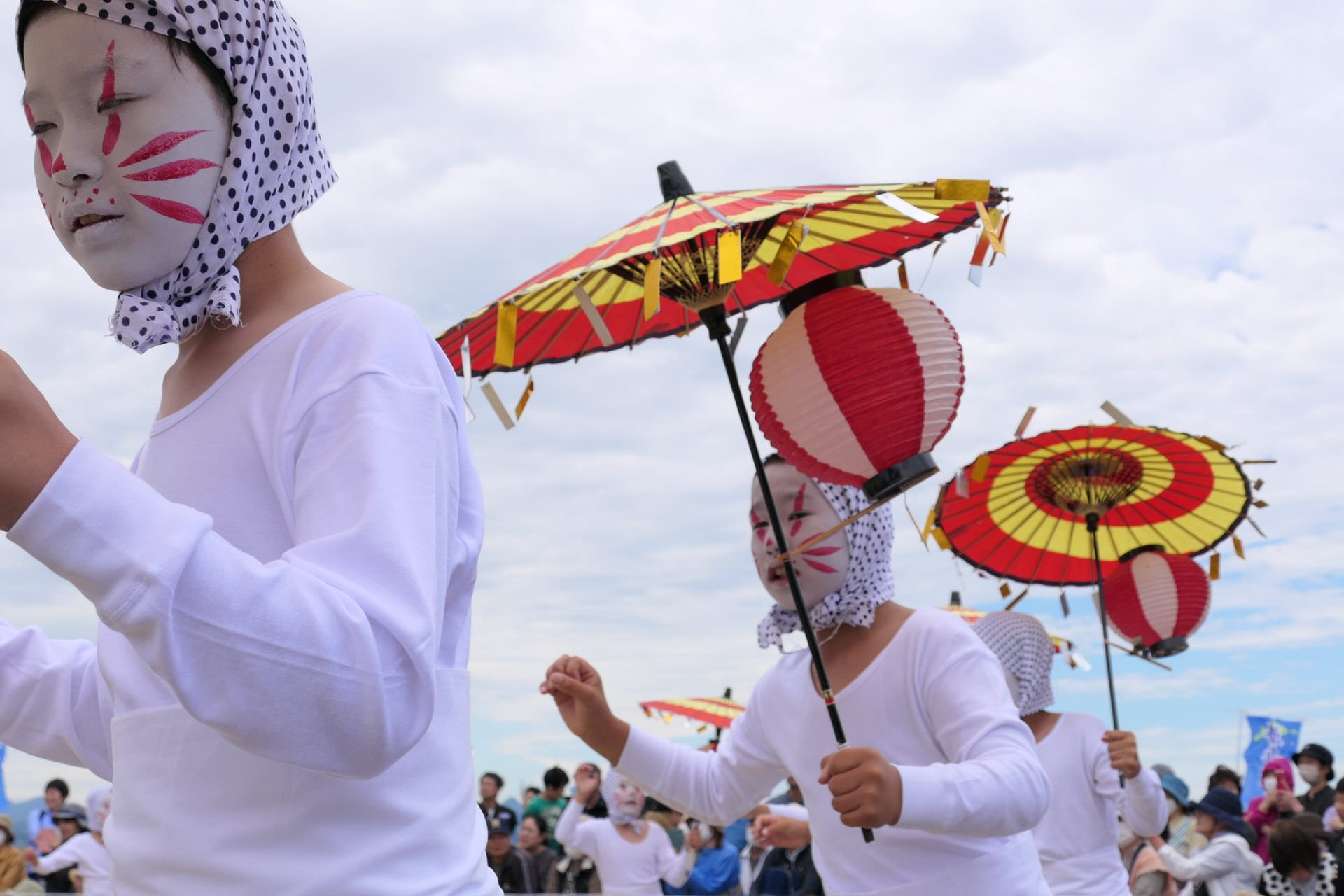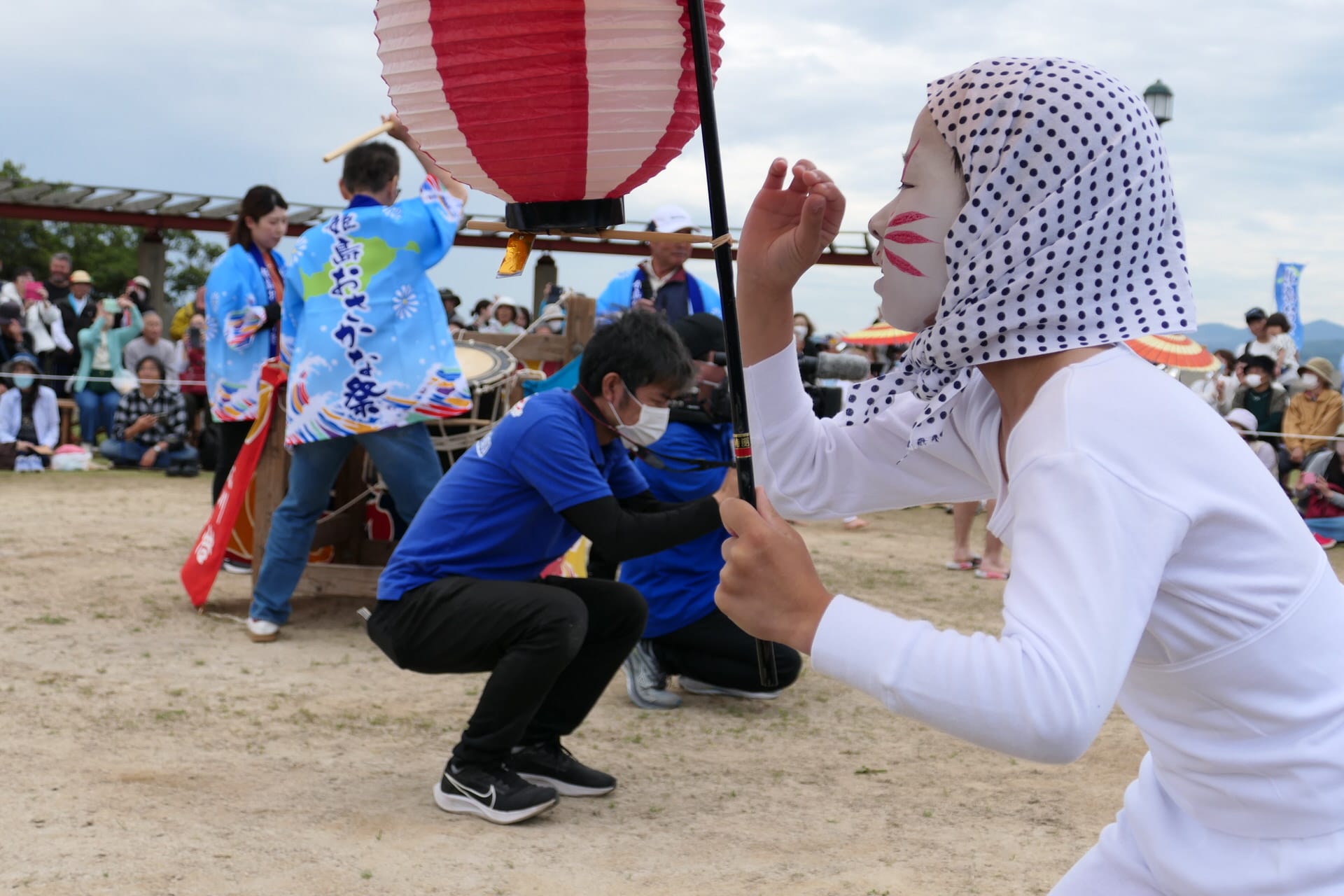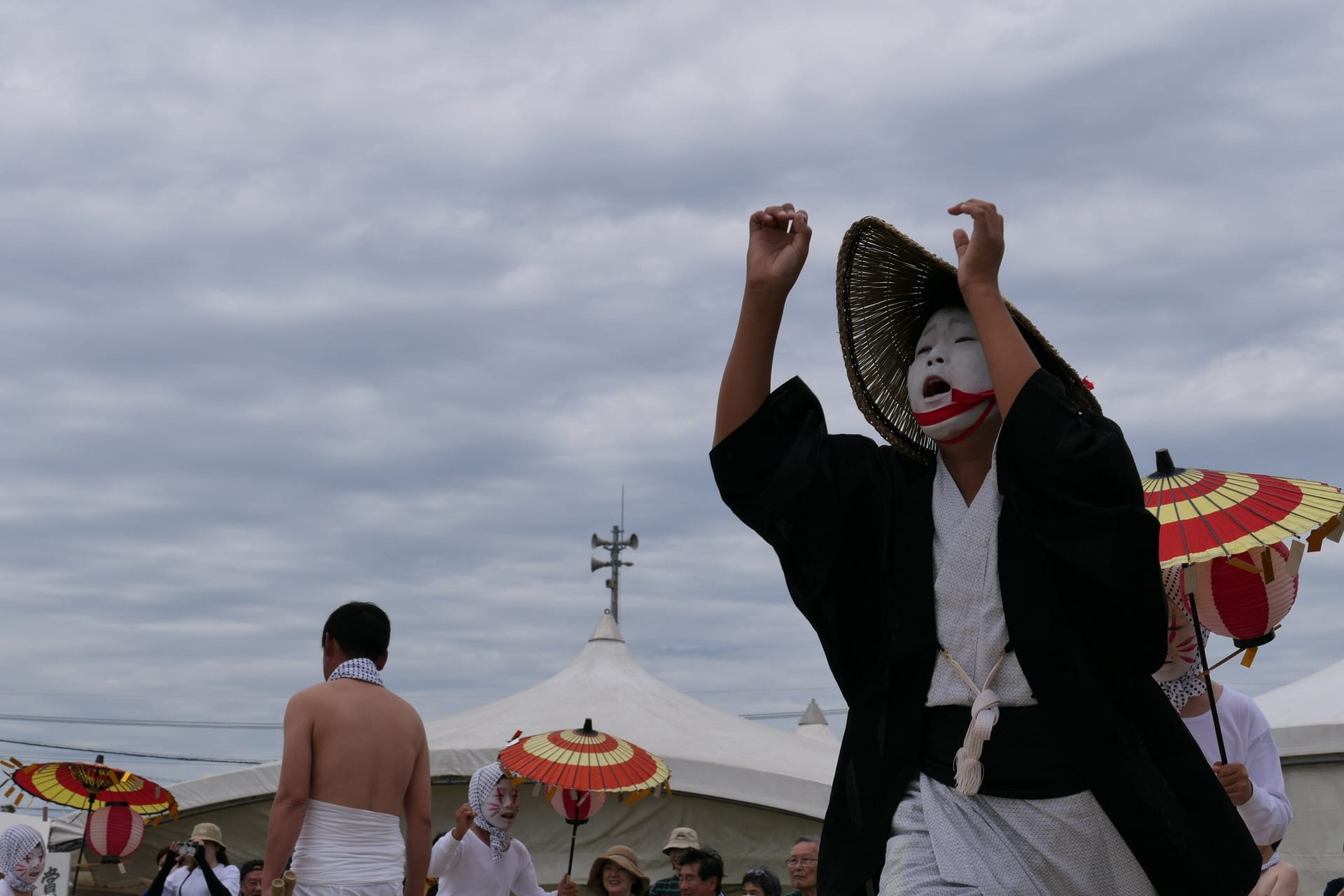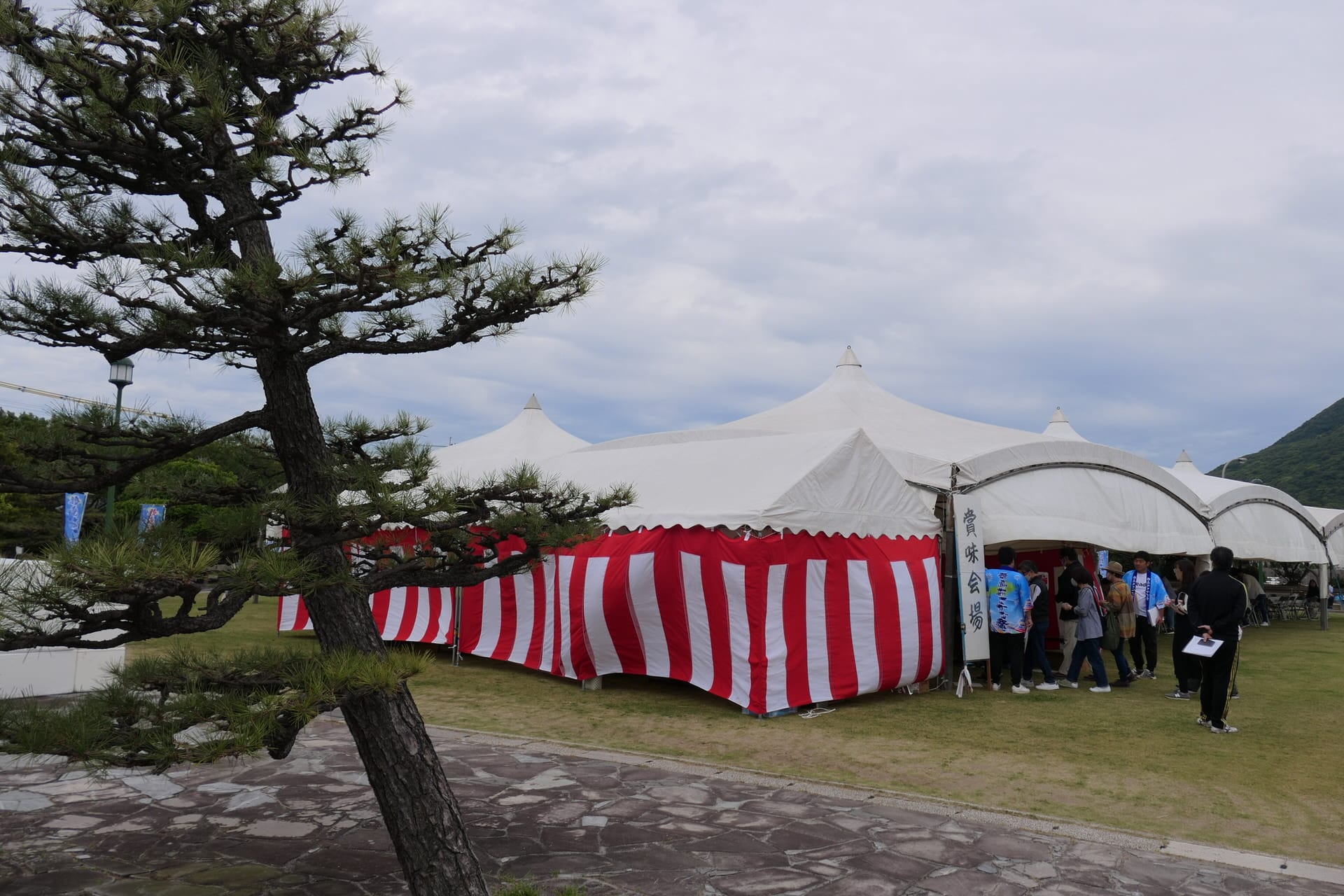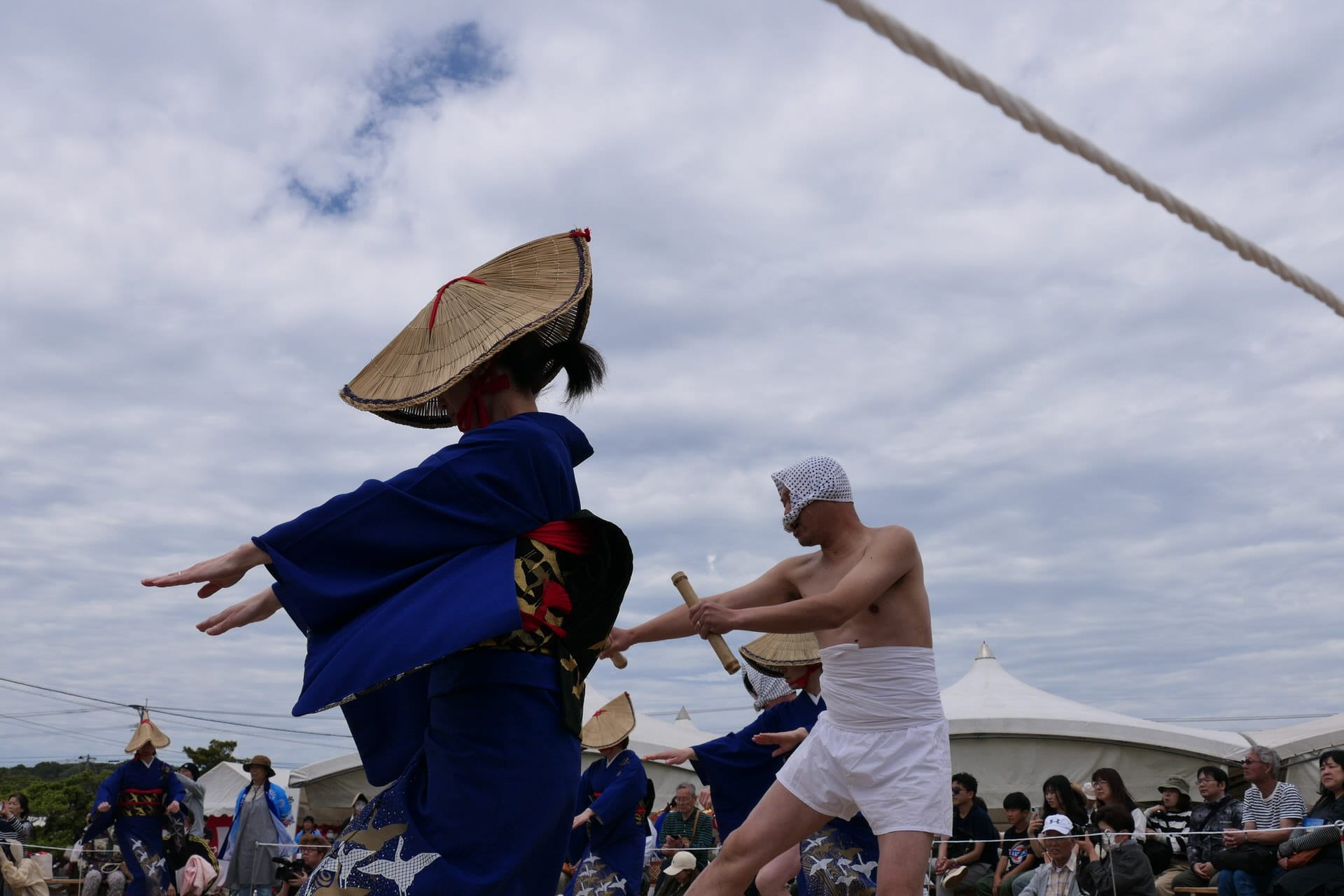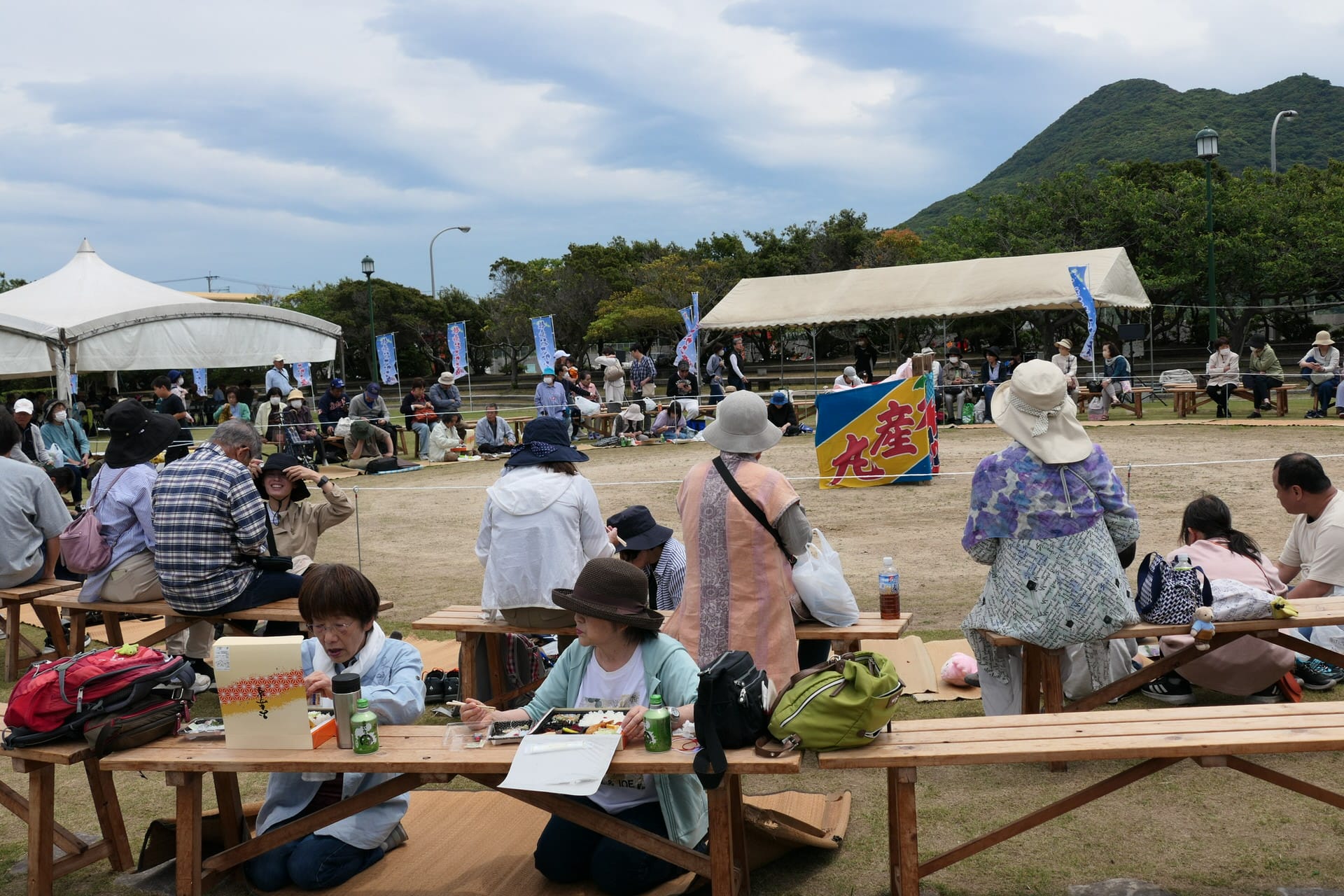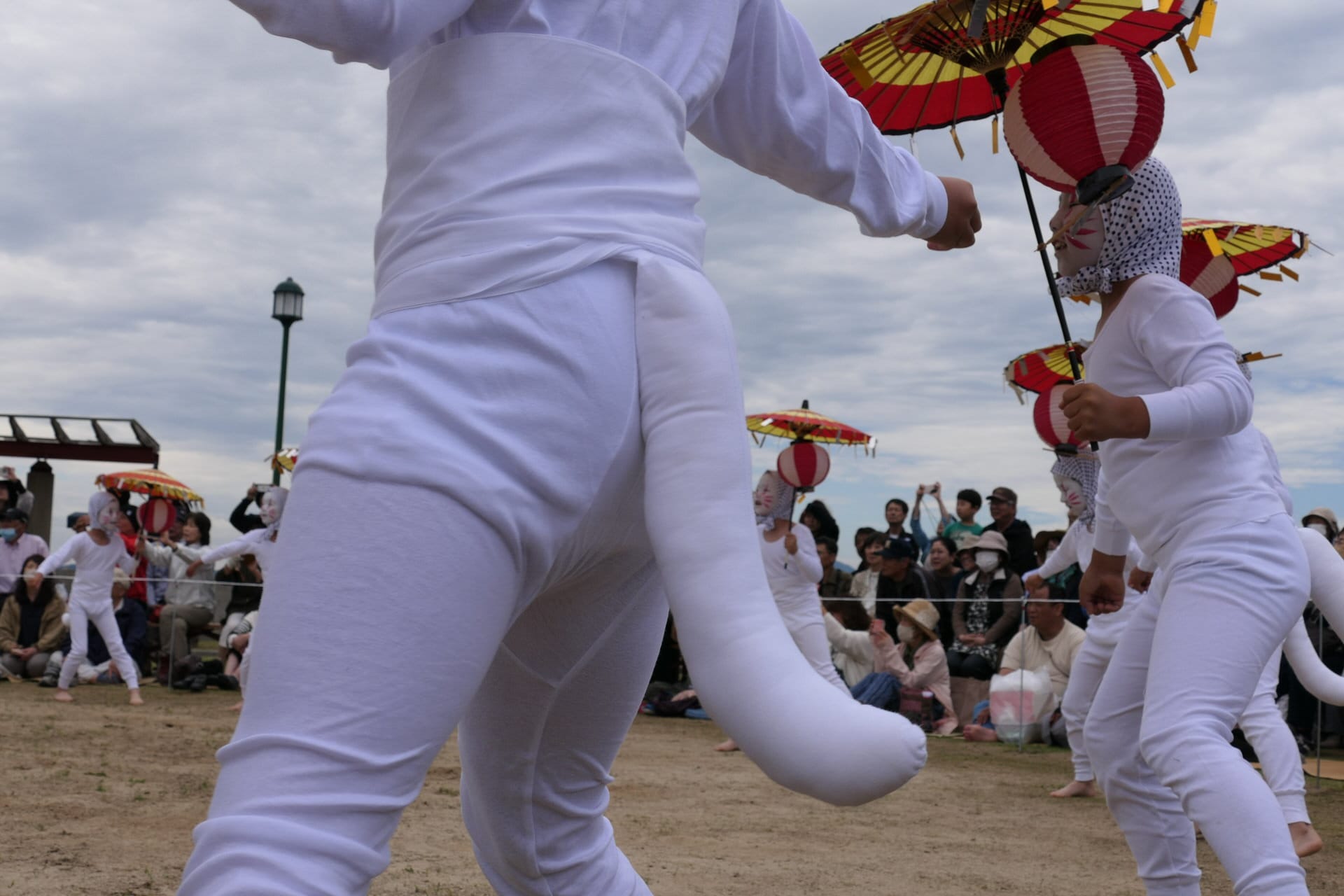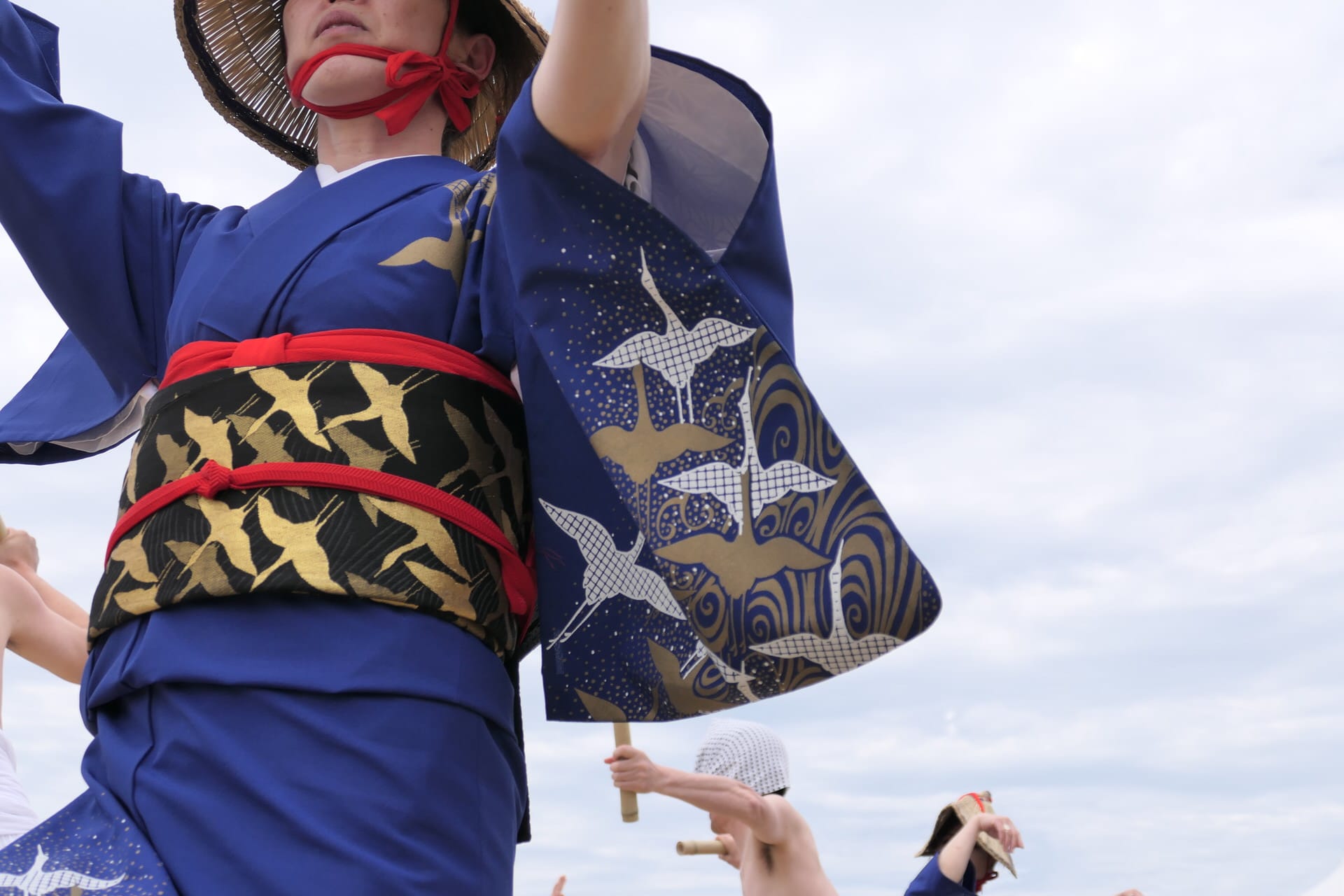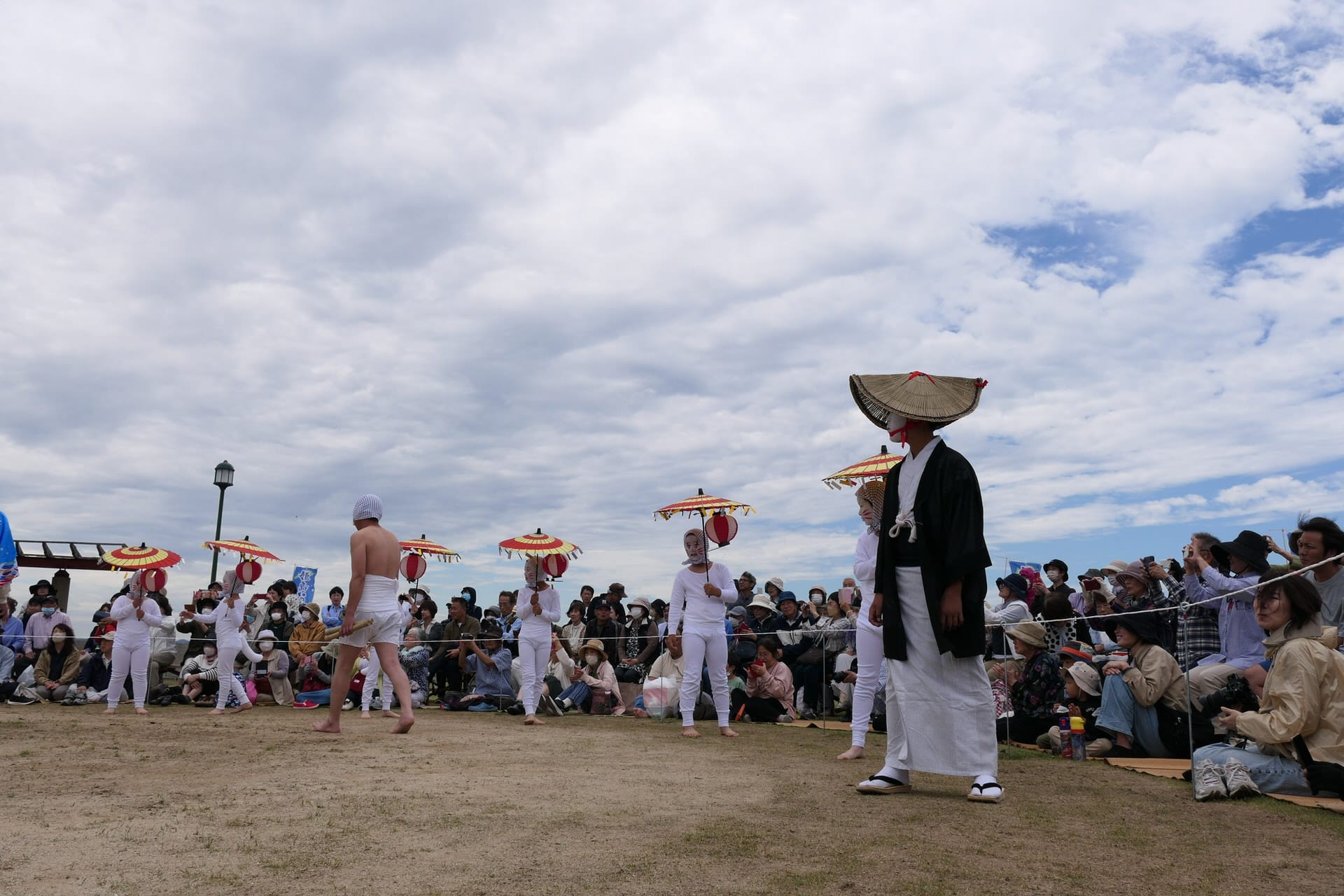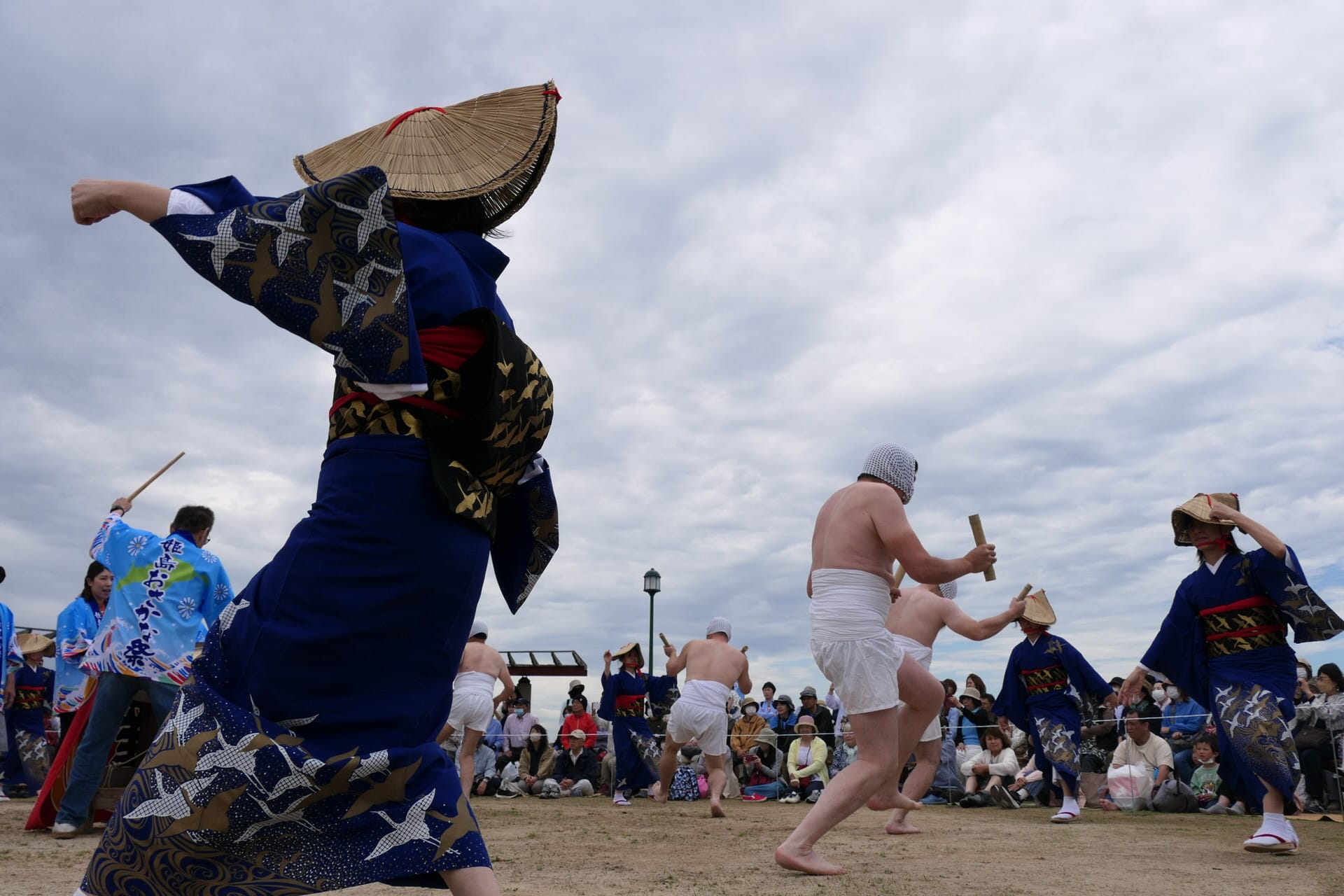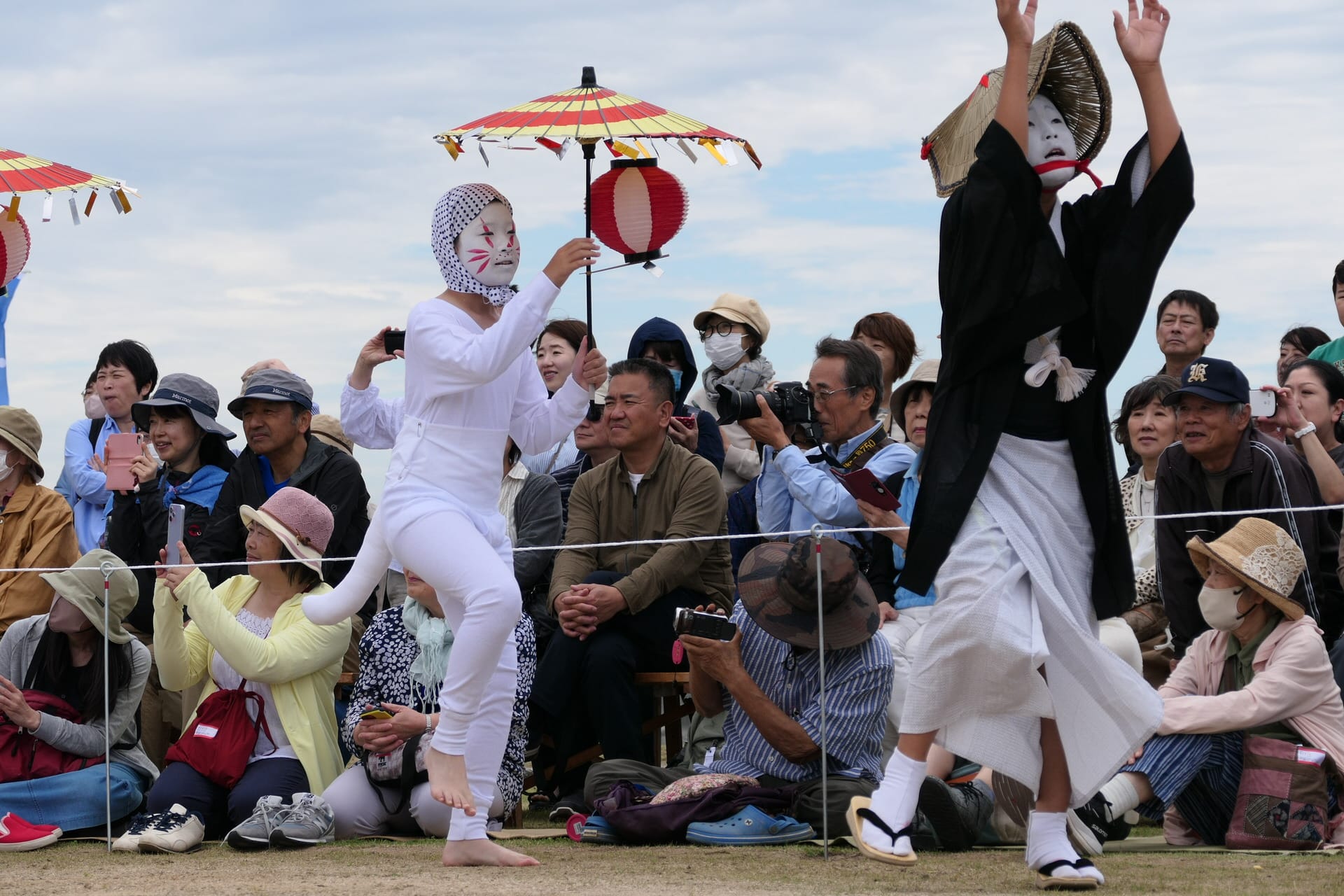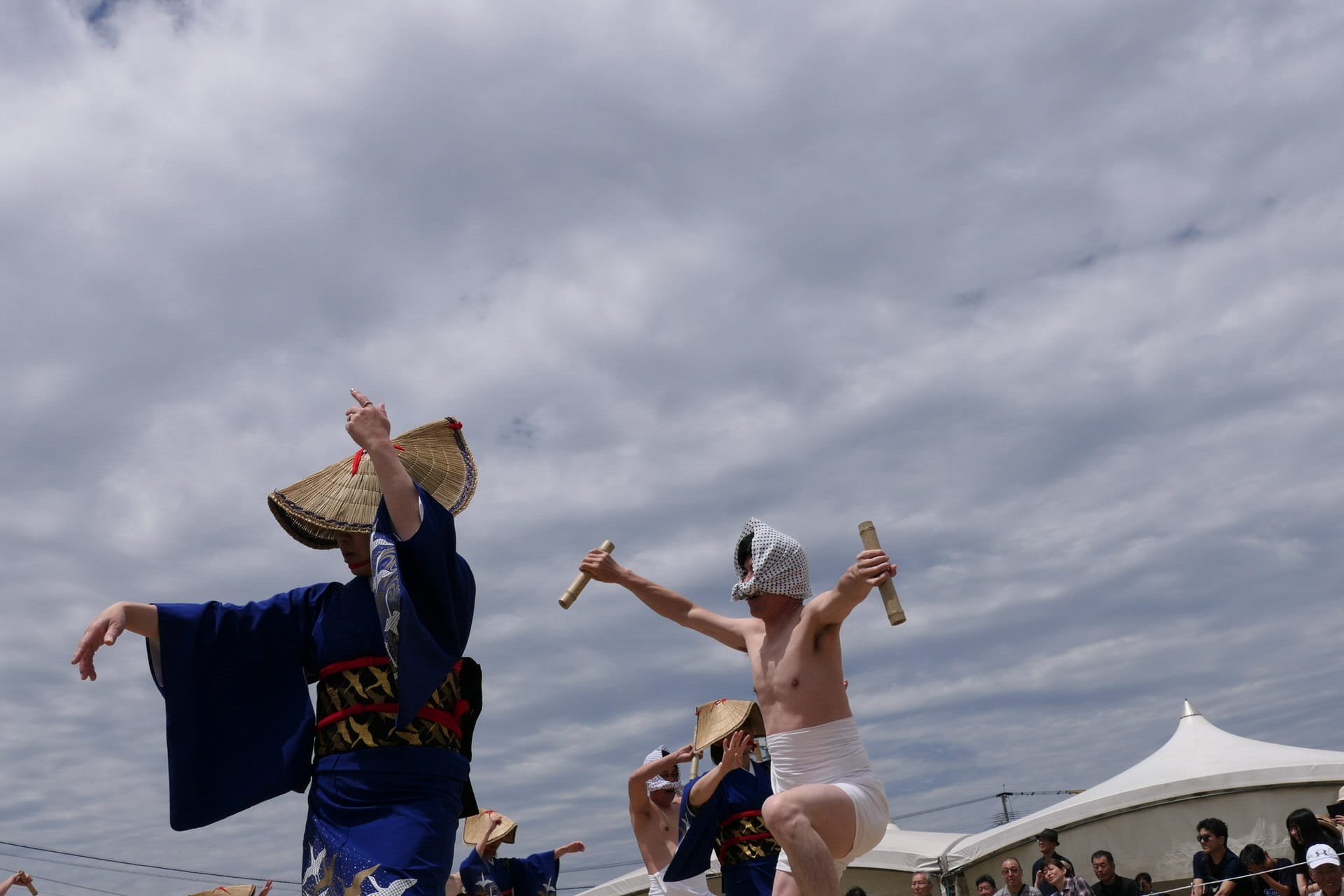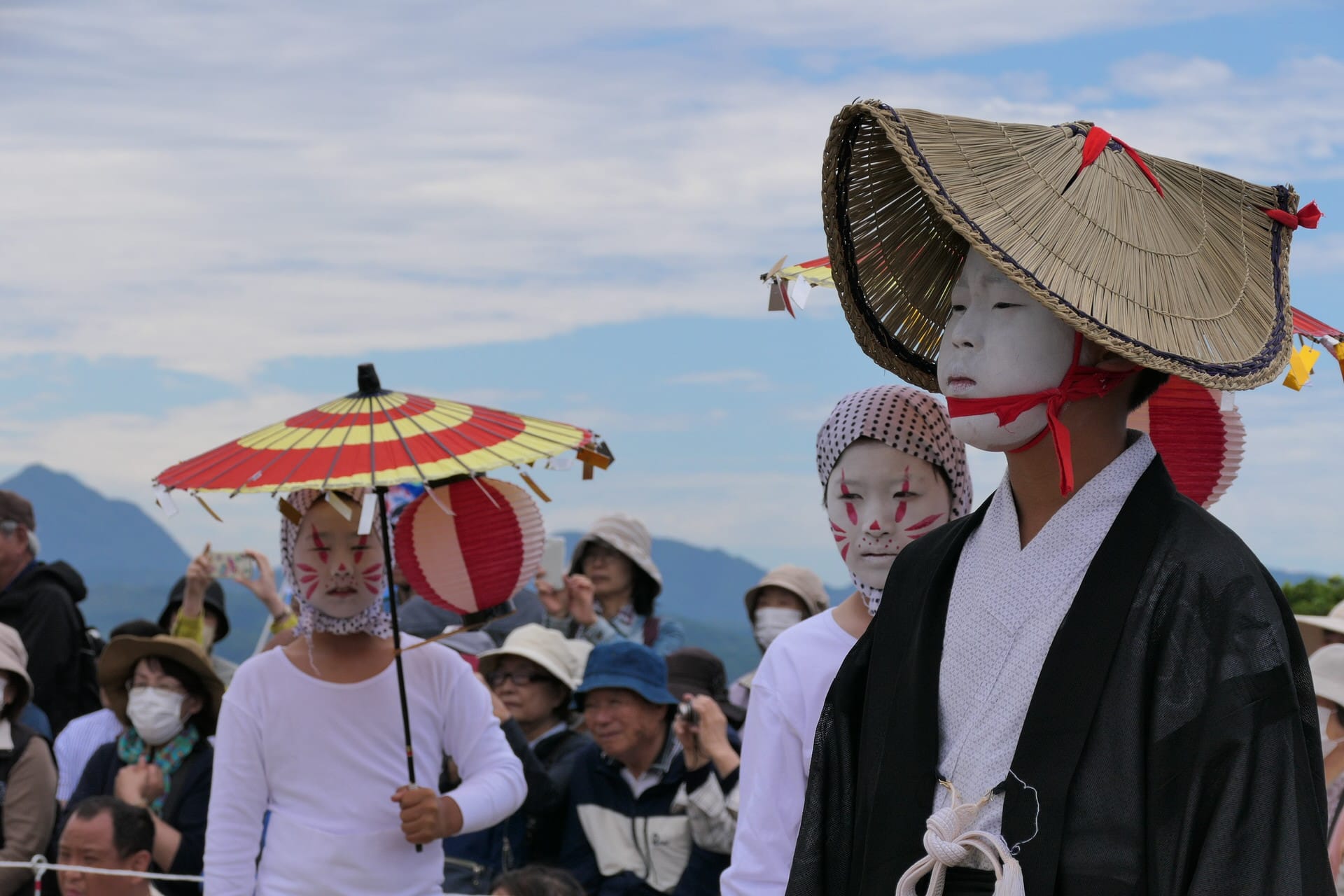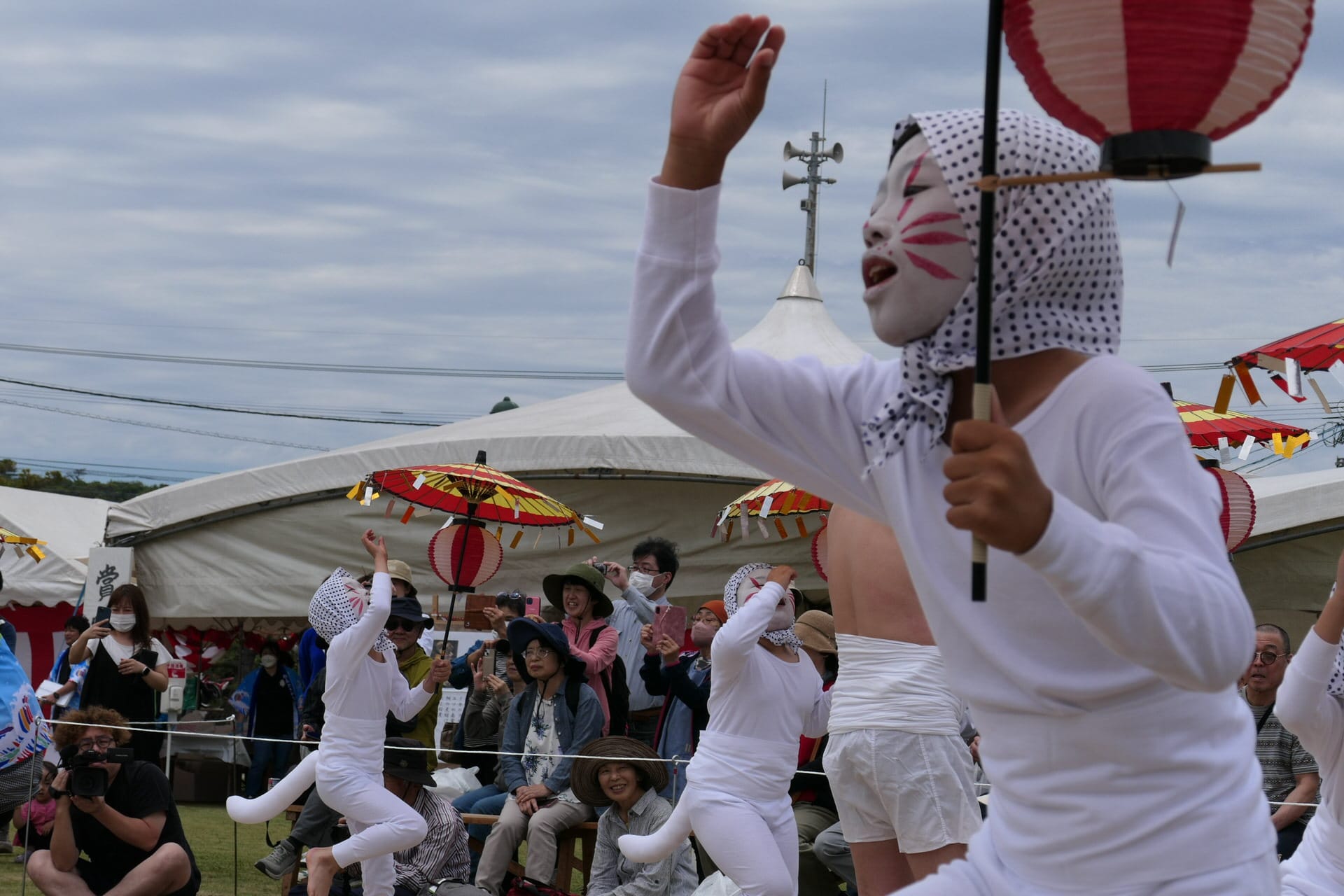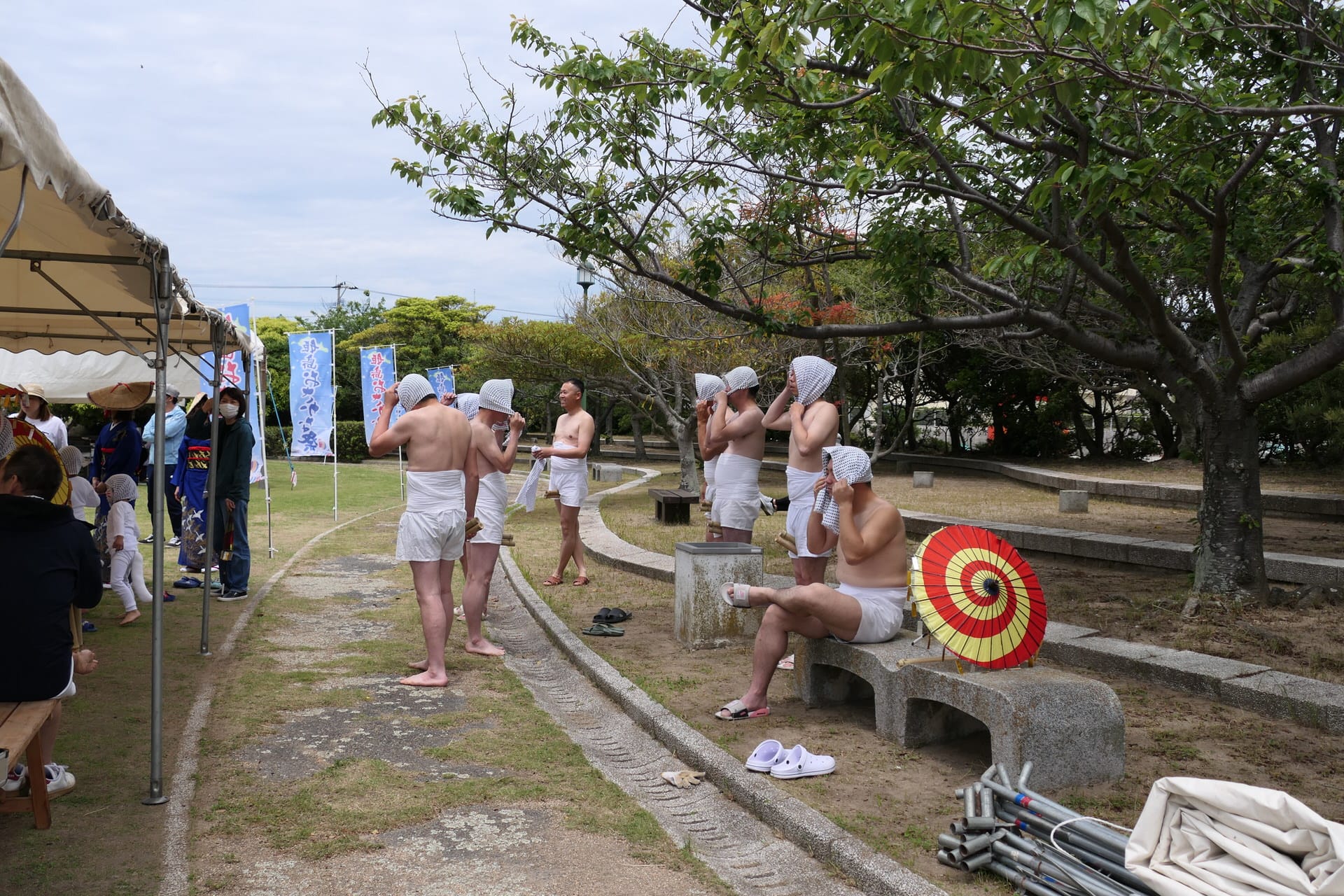
The title refers to an isolated island with only one root in the vast ocean, evoking a sense of solitude and uniqueness. The word "Ne" translates to root, symbolizing stability and origin, while "Ama" signifies being seen touching the sky, suggesting a connection between the earth and the heavens. This cultural artifact is an intangible folk cultural property of Himeshima Village in Oita Prefecture. It encompasses a traditional dance performed to honor the spirits of ancestors and to pray for a bountiful rice harvest. This dance tradition is bifurcated into two distinct forms: the Aya Dance for adults, characterized by its grace and solemnity, and the Fox Dance (Kitsune Odori in Japanese) for children, known for its playful and spirited nature.
In the rural regions of Japan, an advanced aging population and a significant decline in the number of children pose a severe threat to the preservation of such cultural traditions. The origins of these dances trace back to Japan's Heian period, during which people performed dances while chanting Buddhist prayers (Nenbutsu Dance) as a means to propagate the Jodo sect. By the mid-Kamakura period, these dances had spread across Japan, evolving into what is now recognized as the Bon Dance, a key element of Japanese summer festivals.
Himeshima Island boasts a repertoire of 50 traditional dances, each a testament to its rich cultural heritage. However, the transmission of this cultural legacy is under threat due to the declining population, especially the continuously decreasing birth rate. The diminishing number of children has reached a point where there are not enough participants to perform the traditional children's dances, such as the Kitsune Odori. This demographic shift not only endangers the continuity of these dances but also threatens the broader spectrum of intangible cultural properties that define the community's identity. As the younger generation dwindles, the intricate knowledge and skills required for these dances risk being lost, underscoring the urgent need for cultural preservation efforts in Japan.
